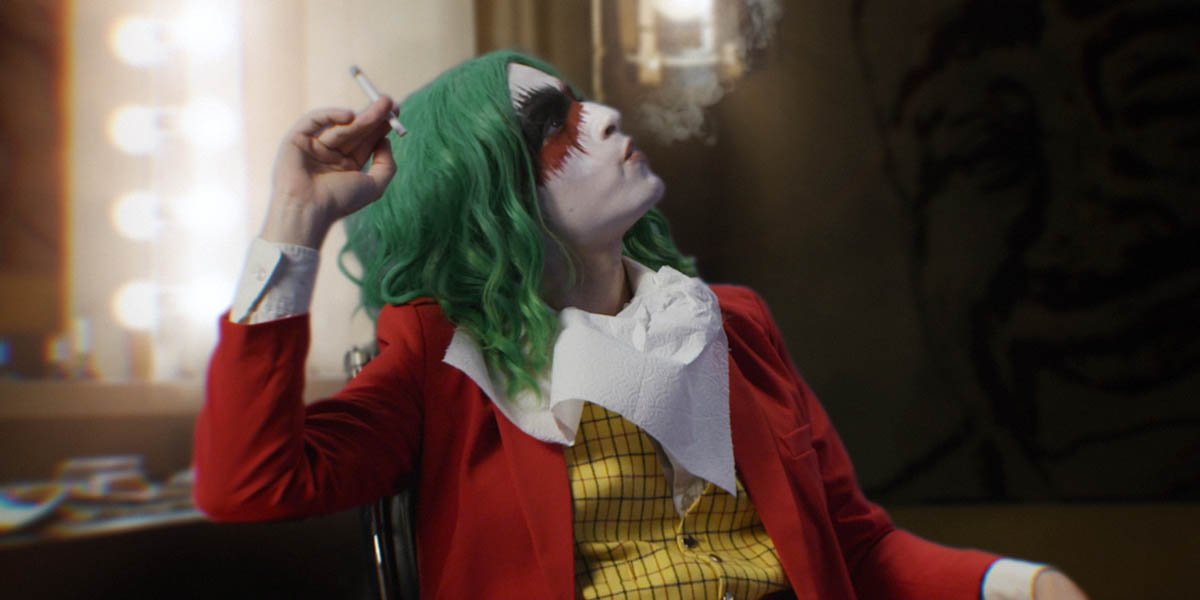Neon
By Andrea Thompson
To see an artist break out is a truly wondrous thing. But there’s a special relish when a filmmaker has been honing their skills to become as assured as Justine Triet, who became only the third woman to win the Palme D’or for her film “Anatomy of a Fall” at the 2023 Cannes Film Festival.
With such a paucity of representation for one of the industry’s most prestigious awards, of course Triet’s win must be qualified in that she is a female filmmaker who received the coveted prize from a film festival with its own issues regarding female agency and sexism. Bestowing Triet with this award is likely something of an effort to reconcile (if not rectify) the problem, given that it was presented to her by Jane Fonda, whose legacy of activism is far too wide-ranging to expand on here.
It’s also very much earned, given how well Triet’s delicate yet unblinking gaze dissects the aftermath of Samuel Maleski’s (Samuel Theis) death, especially once his wife Sandra Voyter (Sandra Hüller) is implicated as his possible murderer, to the dismay and further trauma of their visually impaired 11-year-old son Daniel (Milo Machado Graner). Under such circumstances, the focus is never on mere evidence, but also the nature of Samuel and Sandra’s complex, at times turbulent relationship.
Combing through any long-term relationship with a microscope, or in this case, splatter analysis and sound recordings (in which Sandra was unaware her husband was recording her) is going to result in some ugly truths under the best of circumstances, but what Triet carefully mines is that anything discovered must also be interpreted. If there are any facts to be gleaned from a couple’s screaming match in a domestic setting, it’s going to largely depend on who is doing the interpreting, and there are a myriad number of people, from lawyers to spectators to media commentators, who are more than willing to do exactly that as Sandra’s trial is underway.
Peeling back the onion of a marriage can generally be counted on for the sort of fraught revelations that are inherently ripe for voyeuristic on-screen fascination, and Triet doesn't exactly differ in her approach; it’s more that there’s more room to maneuver. Free from the confines of the Hollywood film, Triet can be far more unfettered in conducting her analysis with far less compromise - there’s less of a need to conform to expectations about women, sexuality, language, and the legal system.
Neon
It’s also hard to think of a better setting than the French Alps, with its implications of beauty and naturalistic, snowy exoticism which also implicates the viewers, on-screen and otherwise, who are willing to judge Sandra in a similarly cold-blooded manner. Hardly surprising, given the many painful examples of women being torn down in the public square, but the French judicial system at least allows Sandra to defend herself against charges both legal and not throughout the proceedings rather than at a designated climax on the witness stand. It proves quite useful, since Sandra is revealed to be a bisexual, confident woman who feels no need to apologize for it or the need to conduct herself according to male expectations, including that of her late husband.
It hardly needs to be said what a dangerous phenomenon this can be, no less because Sandra is on actual trial, and she makes the kinds of unwise decisions people generally make in her situation. She lies for one: about the fight with Samuel, how she got the bruises on her body, because the truth would make her appear guilty. Her other actions are also left tantalizingly open to interpretation; is a private, stolen moment with her son an attempt to manipulate him? Is her decision to switch between English and French a front in itself, an attempt to lie better in the language she’s more familiar with?
Regardless of what the truth is, it’s always about Sandra, not about the men involved in her situation, from the prosecuting attorney to the various others who testify, nearly all of whom seem to take Sandra’s life and actions as a personal affront, or even about the one defending her, who outright states that her guilt or innocence is beside the point for him. It’s about Sandra and how she and her husband saw each other as two people, both writers, who are used to writing their own stories in every sense, with Samuel in particular seeming to have great difficulty in the fact that his wife doesn’t consider him the arbiter of hers.
If Hüller’s performance makes her seem almost born for the role, it’s partly by design, since Triet wrote it with her in mind after collaborating with Hüller in her 2019 film “Sybil.” Hüller experienced her own breakout in the 2016 film “Toni Erdmann” and has been raking in the praise ever since, with 2023 seeing her reap the rewards not only for “Anatomy,” but for her chilling turn as Hedwig Höss, the wife of Auschwitz commandant Rudolf Höss, in “The Zone of Interest,” with the film winning the Grand Prix at Cannes.
Each film is a marvel in its very distinctive way, and in both Hüller almost seems to act with her very being. If that sounds evasively reductive, it’s because it’s the only explanation I can come up with for my own inability to recognize her from “Zone” during the entire time I spent viewing “Anatomy,” even though there were no great alterations in her appearance. That’s not to give short shrift to any of the fantastic talent in “Anatomy,” both behind and in front of the camera, merely that Hüller’s work in both films is the most obvious signifier of a presence which bolsters “Anatomy” to deserved heights in a market glutted with crime dramas.
In this one, it’s Hüller who embodies its many layers, in particular the film’s refusal to provide easy answers, or sometimes, any answers at all.
















